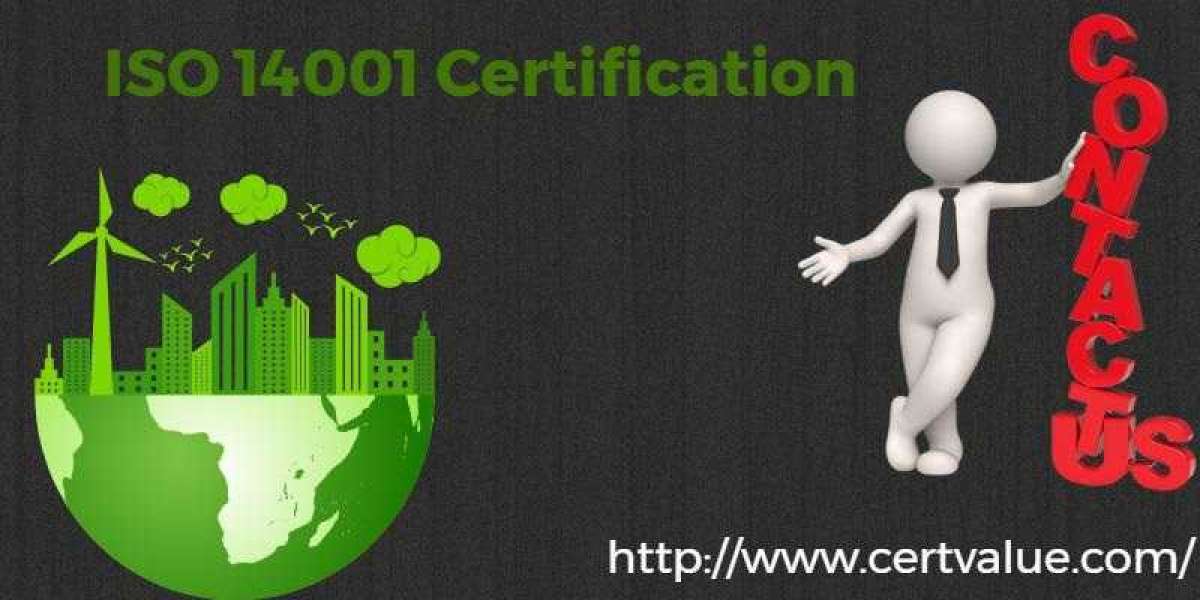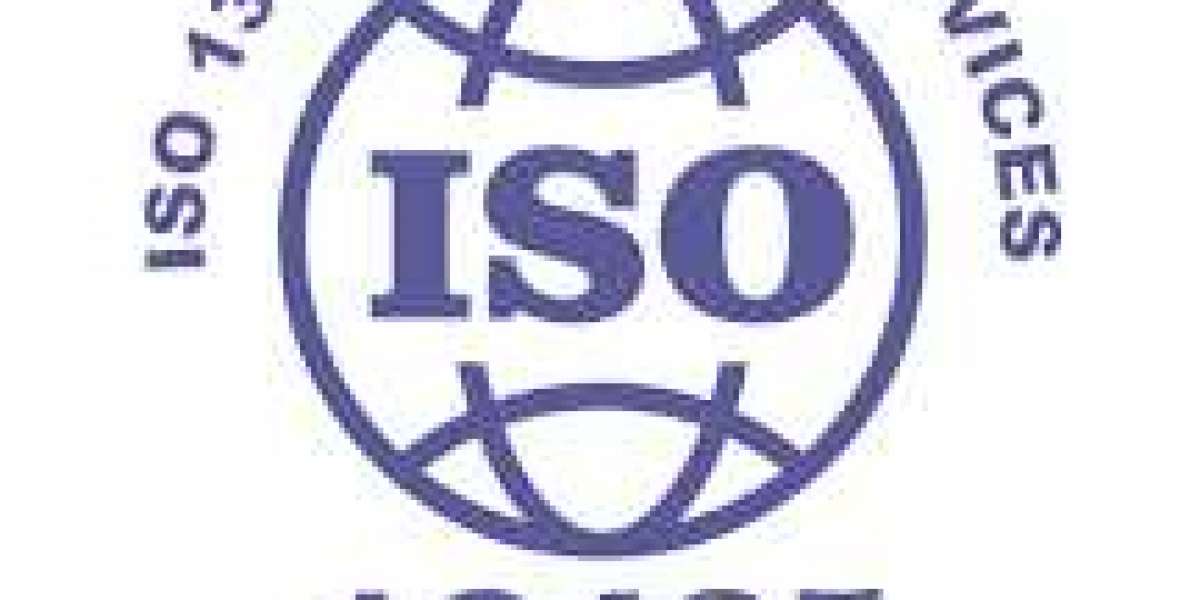One of the fundamental changes in the ISO 14001 Certification in Qatar standard is the requirement for organizations to take a “lifecycle” perspective of the products it produces or manufactures, which is significantly more prescriptive than the ISO 14001 in Qatar standard that organizations were certified against immediately before. But, what does “lifecycle” really mean in an environmental context, and what steps will your organization have to take to ensure that it complies fully with the standard itself?
What does “lifecycle perspective” really mean?
The ISO 14001 Registration in Qatar standard states that an organization should control the way that its services or products are designed, made, consumed, distributed, and disposed of in such a way that environmental impacts are not ignored, or unintentionally moved elsewhere in the cycle of any product’s life. In other words, an organization should be fully aware of possible environmental impacts in every stage of a product’s life and now must take responsibility for ensuring that the impact within every part of that lifecycle is as small as possible. No longer can an organization produce a product, ISO 14001 Registration in Iraq market and sell it, and then assume that all environmental responsibility for that product from that point onwards belongs to the purchaser; the manufacturer must make provisions for all environmental aspects during that whole lifecycle, including the end of life. So, given the above, what examples can we consider to ensure we can help our organization align and comply with this critical part of the ISO 14001 consultant in Qatar
Meeting the “lifecycle” requirements in your EMS
A critical part of the operation of any EMS (Environmental Management System) is the identification and action taken on environmental impacts. ISO 14001 Certification in Philippines in a previous article, 6 ways to deal with significant environmental aspects in your EMS, we considered the preferable methods of tackling and mitigating aspects, and while these methodologies are still relevant, extra consideration of the lifecycle perspective will now need to be applied. ISO 14001 consultant in Iraq Let us imagine that our organization produces modern electronic goods, whether televisions, cell phones, or computers – items that are used in almost every home and workplace. What would this “lifecycle perspective” consideration mean for such an organization? ISO 14001 Registration in Chennai Let’s consider this step by step:
- Design and development: During this phase, the organization must examine many things more carefully in light of this requirement. Sourcing of parts – do components contain any SVHCs (substances of very high concern)? ISO 14001 consultant in Chennai If so, these need to be managed to ensure that they are compliant with legislation in your region. Do your components meet mineral conflict requirements in your region? It is vital that you understand if minerals mined in conflict areas of the globe are used in your components; again, ISO 14001 Audit in Qatar you must research your local legislation to ensure that you fully understand what your components consist of and that you are not unduly harming the environment or supporting illegal regimes in foreign countries by sourcing these parts without proper knowledge. You must also consider the impact of the building of the components that go into your product, the recyclability of the product itself, and all other associated parts, such as packaging. Can you use recycled packaging? Can your packaging be recycled after product delivery?
- Manufacturing: Many of the environmental impacts you will consider here are outlined in the article: ISO 14001 Certification in Philippines Environmental aspects in the manufacturing sector. Managing these aspects will not only reduce your environmental impact but also save your organization money. Streamlining manufacturing processes, reducing power consumption, and ensuring that your supply chain is practicing the same habits can have a massively beneficial environmental influence; you can read more in the article: Driving your supply chain to ISO 14001 Certification in Lebanon
- Post-manufacturing: Your customer has purchased your product and taken it home. Have you provided appropriate information with the product to ensure that the packaging will be recycled? Have you provided information in the user guide to ensure your product can be used in the most power-efficient way possible? Have you provided options to make your product possible to upgrade? This may increase the lifecycle of a product, and also bring a welcome business opportunity for your organization.
- End of life: Do your product guide and website offer the opportunity for the end-user to understand the best way to recycle your product at end of life? ISO 14001 consultant in Philippines This may be locally, or you may operate a “return for disposal” program, depending on many factors, such as your location, the type and weight of the product, ISO 14001 Services in Iraq and so forth. ISO 14001 Registration in Philippines Whatever the details, this new “lifecycle perspective” means that your organization has the ultimate responsibility to ensure that all reasonable steps are taken to prevent the product from having a damaging impact on the environment at the disposal stage.
How to get ISO 14001 Consultants in South Africa?
If you would like to know more details on How to get ISO 14001 Consultants in South Africa, or need help with ISO 14001 training/ISO 14001 consulting services in South Africa feel free to send your requirements at contact@certvalue.com and visit our official website www.certvalue.com. we at Certvalue follow the value added to understand requirements and need to identify the best suitable process to get ISO 14001 certification in South Africa for your organization with less cost and accurate efficiency








